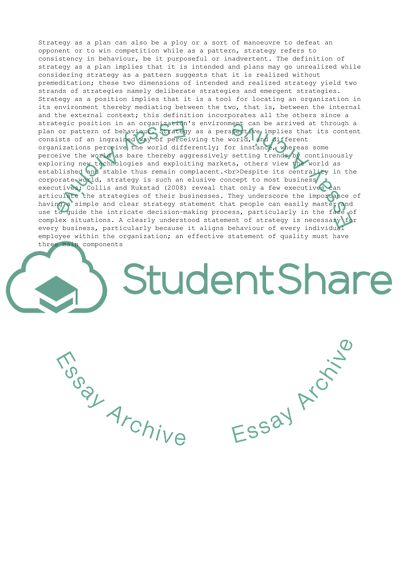Cite this document
(Literature review on strategtic planning Research Paper, n.d.)
Literature review on strategtic planning Research Paper. https://studentshare.org/business/1812592-literature-review-on-strategtic-planning
Literature review on strategtic planning Research Paper. https://studentshare.org/business/1812592-literature-review-on-strategtic-planning
(Literature Review on Strategtic Planning Research Paper)
Literature Review on Strategtic Planning Research Paper. https://studentshare.org/business/1812592-literature-review-on-strategtic-planning.
Literature Review on Strategtic Planning Research Paper. https://studentshare.org/business/1812592-literature-review-on-strategtic-planning.
“Literature Review on Strategtic Planning Research Paper”. https://studentshare.org/business/1812592-literature-review-on-strategtic-planning.


